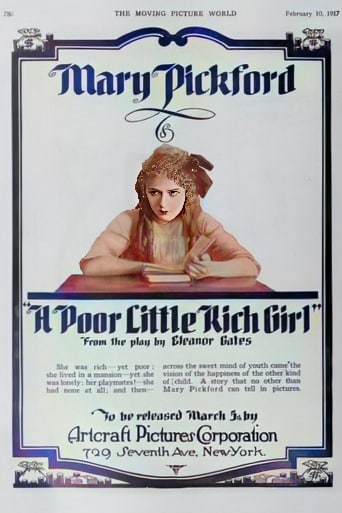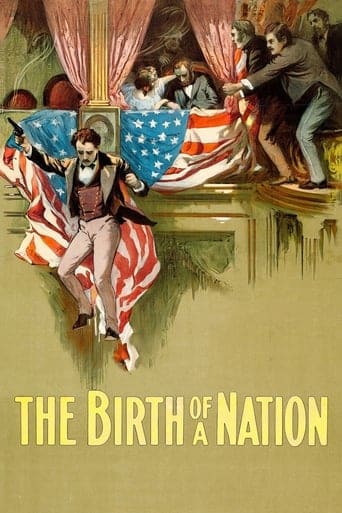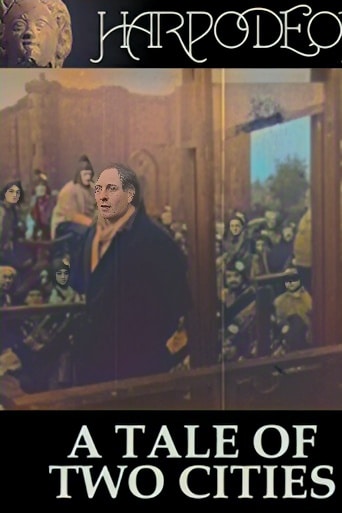Poor Little Rich Girl (1917)

 “Poor Little Rich Girl” is a 1917 American silent film directed by Maurice Tourneur.
“Poor Little Rich Girl” is a 1917 American silent film directed by Maurice Tourneur.
Starring Mary Pickford in the lead role, the film is a classic representation of early Hollywood cinema and explores the life of a wealthy young girl named Gwendolyn, whose sheltered upbringing leads to her emotional isolation and eventual personal growth.
The film introduces us to Gwendolyn, a lonely, privileged girl, daughter of wealthy parents who are too absorbed in their own lives to provide her with the attention and love she craves. Gwendolyn’s mother is consumed by her social obligations, while her father is preoccupied with his business affairs. This emotional neglect leaves Gwendolyn isolated, leading her to retreat into a world of her own imagination.
Gwendolyn’s only friend is the family maid, Mary, who plays a maternal role in her life. Mary’s caring and nurturing presence contrasts starkly with Gwendolyn’s distant parents. As Gwendolyn spends more time with Mary, she becomes increasingly attached to her, further highlighting her lack of a strong maternal presence in her life.
The turning point of the story occurs when Gwendolyn becomes seriously ill, forcing her parents to acknowledge the emotional void they have created in her life. Her father, realizing his daughter’s fragile state, decides to take her on a vacation to the countryside. The change of scenery and quality time spent together provides Gwendolyn with a sense of joy and connection she has longed for.
While on this trip, Gwendolyn meets a young boy, Peter, who is initially unimpressed by her wealth and status. This encounter introduces her to the idea of genuine friendship based on shared experiences and emotions rather than material wealth. Gwendolyn and Peter’s friendship blossoms, and the film explores the innocence and purity of their connection.
As the story progresses, Gwendolyn’s health gradually improves, and she gains a new perspective on life. She comes to appreciate the simple pleasures and joys of childhood and friendship. The film captures the essence of Gwendolyn’s transformation, as she learns to value love and emotional connection over material possessions.
Towards the end of the film, a tragic twist occurs when Gwendolyn’s mother suddenly falls ill. This event leads to a dramatic realization for Gwendolyn as she witnesses her mother’s vulnerability. Gwendolyn learns the importance of compassion and understanding within a family, despite her mother’s earlier neglect.
“Poor Little Rich Girl” concludes with a heartwarming reconciliation between Gwendolyn and her mother, highlighting the theme of personal growth and the healing power of love and empathy. The film’s narrative arc underscores the importance of family bonds and genuine human connection over wealth and social status.
In summary, “Poor Little Rich Girl” is a classic silent film that explores the emotional journey of a privileged young girl who experiences neglect and isolation due to her parents’ preoccupation with their own lives. Through illness and newfound friendships, Gwendolyn learns the value of love, compassion, and genuine human connection. The film’s timeless themes continue to resonate with audiences, making it a notable entry in the history of early Hollywood cinema.
Release Date: March 5th, 1917
Main Cast Members
Mary Pickford (Gwen)
Madlaine Traverse (Gwendolyn’s Mother)
Loading live eBay listings...




